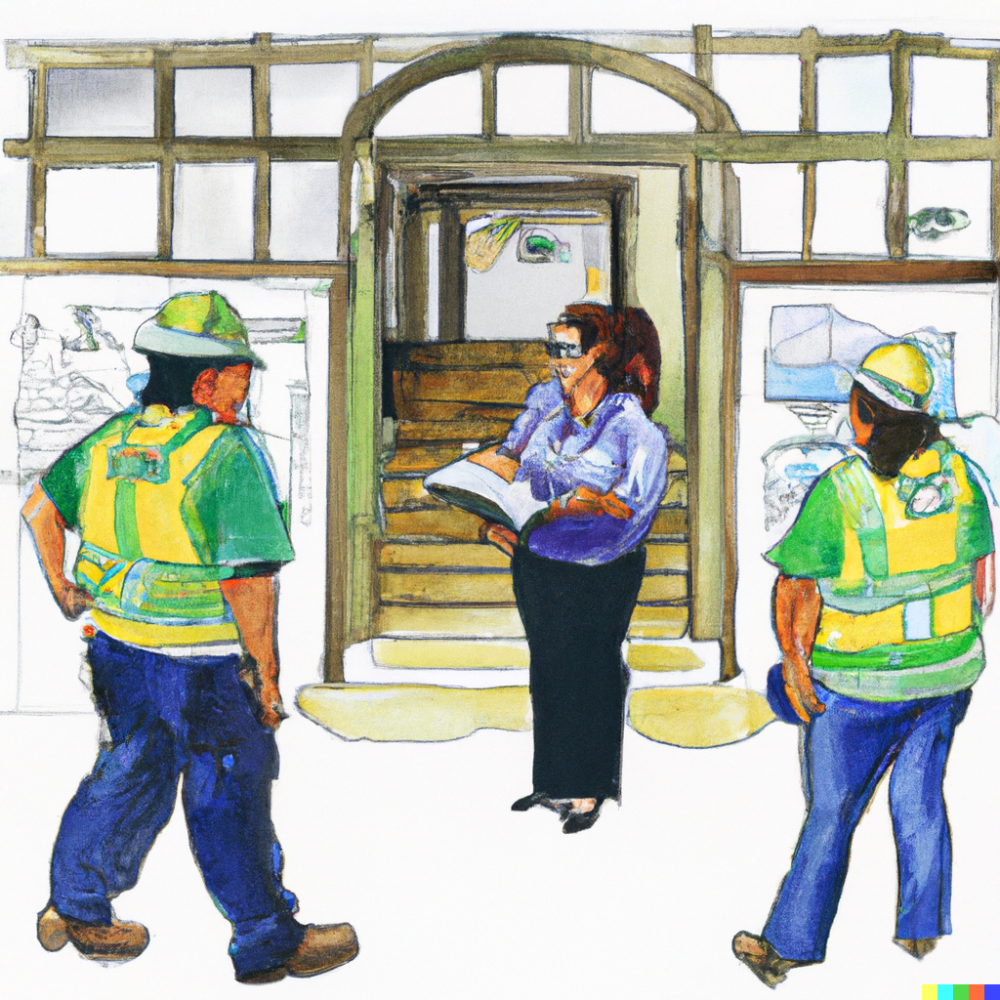Introduction to Substantial Completion
When a construction project is nearing completion, the term “substantial completion” comes into play. This refers to the point at which the work is finished enough for the owner to use the space for its intended purpose. It’s important to note that this beneficial occupancy doesn’t mean the project is totally finished; there may still be some outstanding items that need to be completed. The concept of beneficial occupancy kicks off the project closeout phase and is a milestone that many cost-related issues depend on.
Beneficial occupancy and substantial completion are interchangeable terms in construction industry referring to the point at which a building is ready for use.
AIA Documents
The AIA (American Institute of Architects) has a suite of documents that govern construction projects, such as B101, A101, and A201. These documents mention the concept of substantial completion and outline the responsibilities of the architect, contractor, and owner. For example, section 3.6.6 of B101 notes the architect’s responsibilities in relation to beneficial occupancy, which include conducting an inspection with the owner to determine the date of beneficial occupancy and reviewing the punch list.
Substantial Completion Dates
In A101, there is an area to fill in the project’s expected substantial completion date. This date is filled in before the contract is signed by the contractor and owner and is the date that the project team is working towards in the construction schedule. On larger projects, there may be phased construction, meaning that one building could be substantially complete while another is still under construction.
Liquidated Damages
If substantial completion is not completed by the date noted on the contract, the contractor may be required to pay liquidated damages to the owner. Liquidated damages are a sum of money, often paid daily, that cover the cost of schedule overruns, such as lost revenue from the project or additional lender fees and interest. It’s worth noting that the substantial completion date may be changed via a change order, and if that happens, the liquidated damages won’t go into effect until the revised substantial completion date as amended by the change order.
Punch List
Article 9.8 of A201 notes that the contractor is responsible for preparing a punch list when they believe the project is substantially complete. A punch list is a list of outstanding items to be completed. These items should not affect the usability of the space. For example, a punch list item might be the repair of a cracked tile, but it shouldn’t include that a room hasn’t been tiled yet.
Determining Substantial Completion
Determining if a project is substantially complete goes more smoothly when the project team has been practicing proactive contract administration. This means the architect is in regular communication with the project team and has been conducting regular site visits. The contractor prepares the punch list, but it’s not uncommon for the architect to prepare it as an additional service. The process involves finding any and all items that are incomplete or deficient, which means walking through the entire project and compiling lists of outstanding items from the architect’s field reports.
Understanding the Importance of Substantial Completion in Construction Projects
In conclusion, substantial completion is a crucial milestone in the construction process that signifies that the work is finished enough for the owner to use the space for its intended purpose. The AIA documents outline the responsibilities of the architect, contractor, and owner in relation to substantial completion, and this date is a key date in the construction schedule. It’s important to have a punch list that doesn’t affect the usability of the space, and the process of determining beneficial occupancy goes more smoothly when the project team has been practicing proactive contract administration.
 Copyright secured by Digiprove
Copyright secured by Digiprove 



